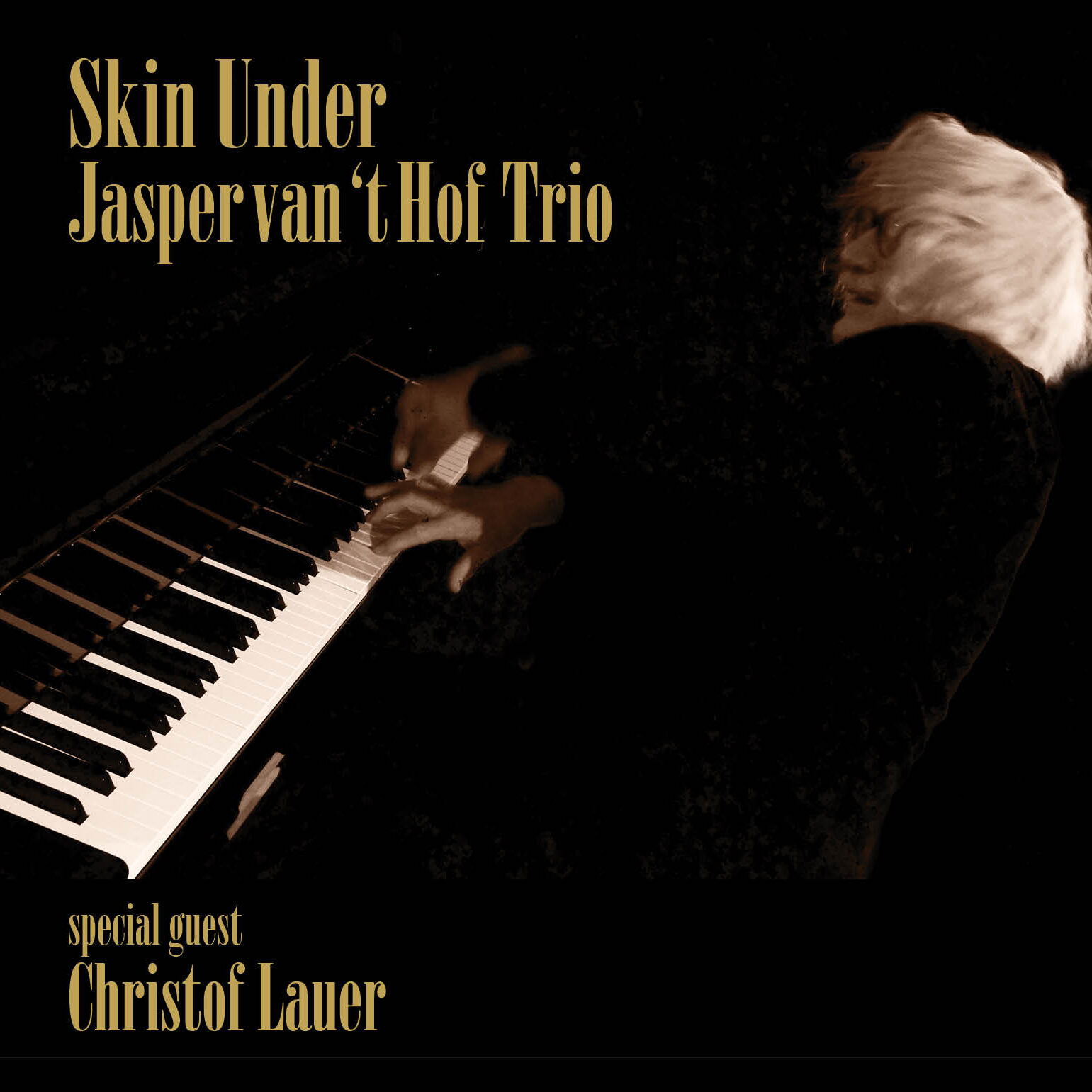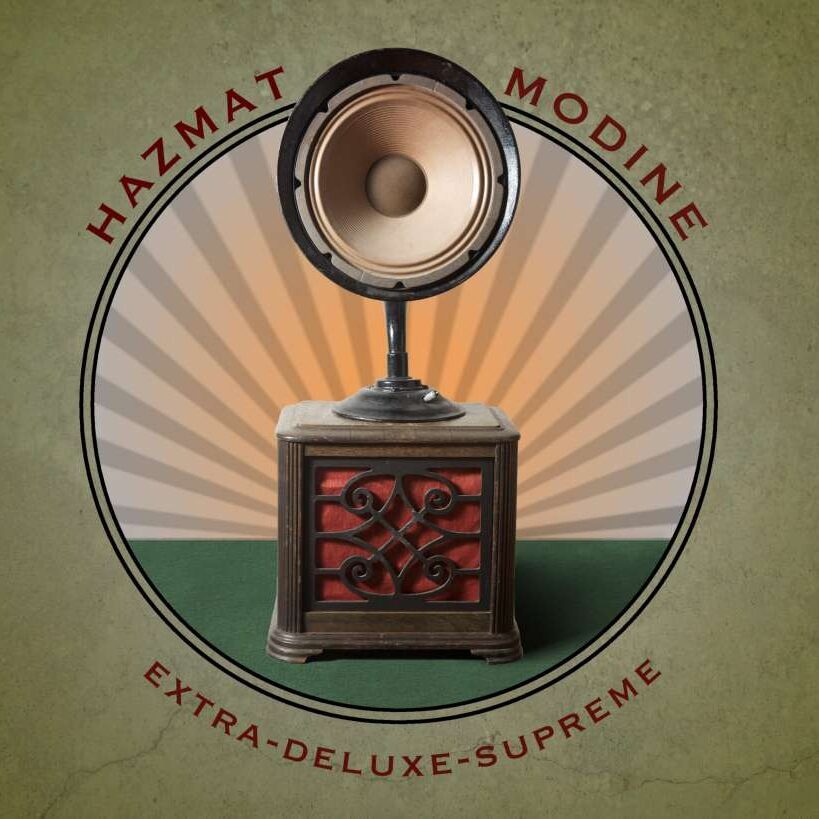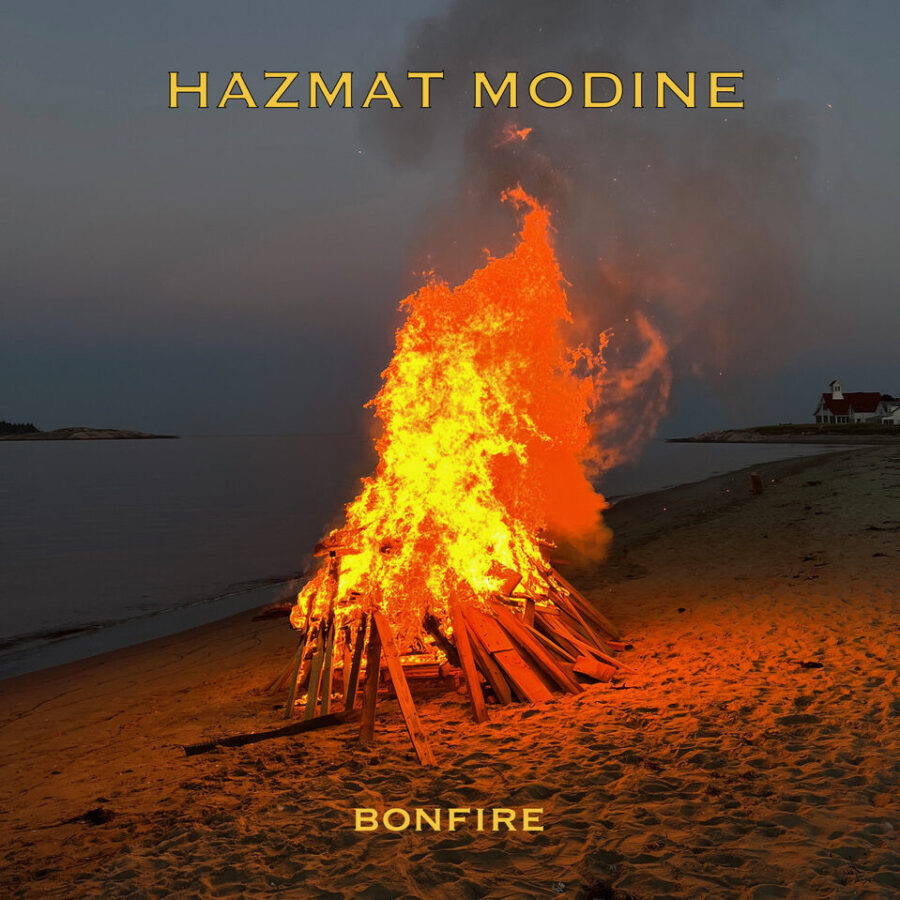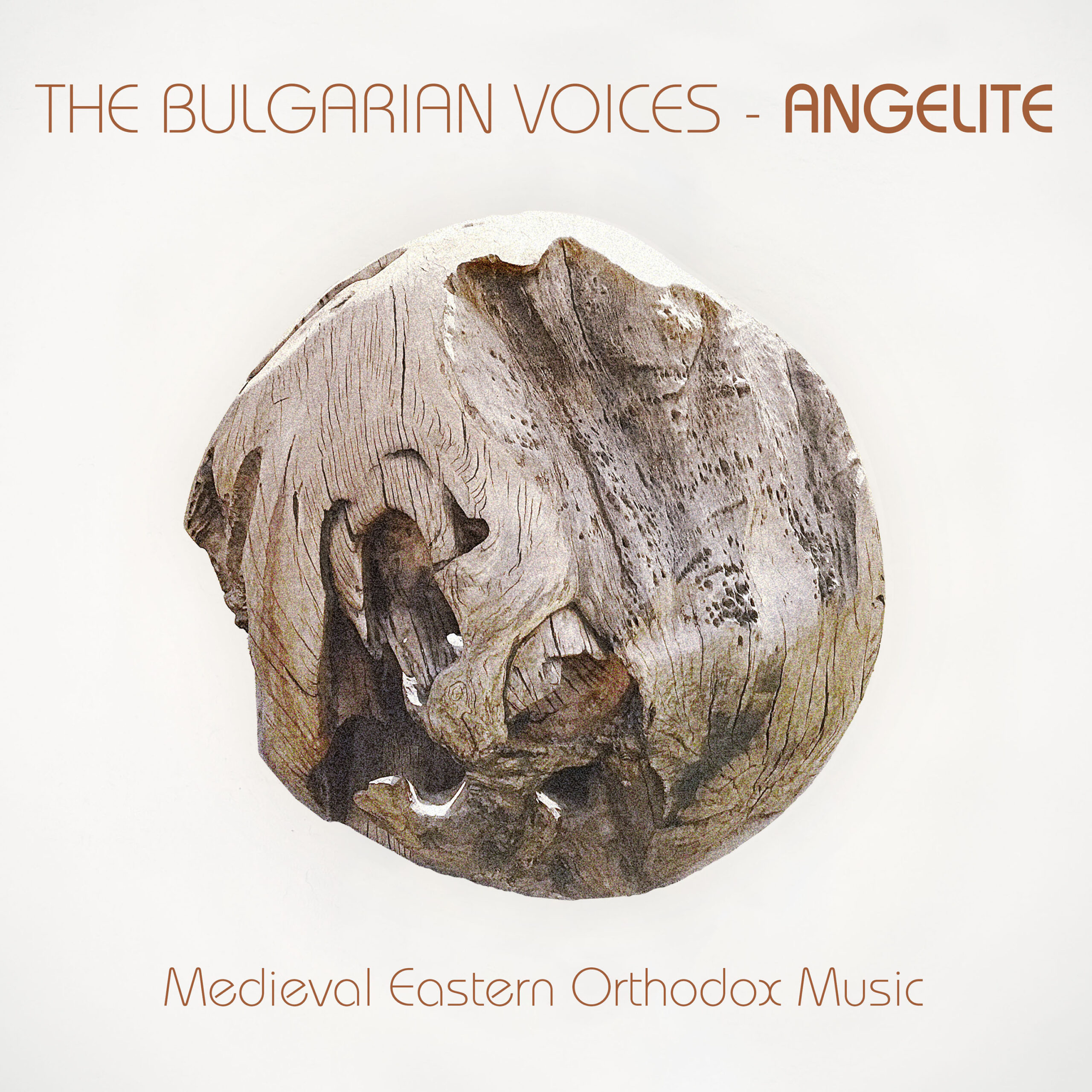Sparta
18,00 €
The debut album “Sparta” comprises two art forms– music and painting. Johannes Cernota plays piano music of Erik Saite, Arvo Pärt and Chick Corea’s children songs. In addition, the CD contains some original piano work by Cernota– Sparta.
Johannes Cernota plays piano music of Erik Saite, Arvo Pärt and Chick Coreas children songs. In this release, “Sparta”, both forms of art that Johannes Cernota is dedicated to are combined: music and painting. The oil painting that can be seen on the cover of the LP/CD is directly related to the title song “Sparta”, which opens the series of Johannes Cernota’s own compositions on the LP. The picture may also have been inspired by “Gymnopedia” (according to Satie: Gymnopedia), a dance of Spartan youths, but its purpose is more, through association, to put listeners in the right mood for the tree-part piece of music. (Critics write that Johannes Cernota’s pictures have an equal power of expression as his music). In all the three parts (Aura, Prisma, Dance) the composition “Sparta” consists of the same six tones. This imposed restriction creates, on the one hand, the thematic cohesion of the pieces and, on the other, the tonal attraction:
- “Melanos”: King of Sparta, with its fanfare-like fifths and the ever recurring bass puts one in the mood of antiquity, reminds one of coronation music and epic film scenes of the 50’s and 60’s.
- “Prelude-Pause-Postlude”
- “Prelude”: tension, strain
- “Pause”: settling down, regaining one’s breath
- “Postlude”: relaxation to saturation during which discontentment sets in
- “Di-ta-dedo”: this song was created by the onomato- poeia of the theme that runs consistently from the beginning to the end of the piece.
Johannes Cernota’s special interest in Erik Satie’s music is demonstrated by the present recording of “Petite Ouverture a danser”, “Embryonos Desseches” and “Premier Nocturne”.
Remarks by Satie on his Dried-up Embryos
No. 1: On the “Holothurian” (the uneducated call it a sea cucumber): Purrs like a cat, climbs on stones and excretes disgusting- looking thread, shuns light.
No. 2: On “Edriophthalama”:Crabs with fixed eyes, but without feelers and immobile, sad by nature, these crabs live withdrawn from this world in dug-out caves in the cliffs.
No. 3: On “Podophthalama”: Crabs with eyes on movable feelers. They are skilful, untiring hunters, at home in any sea, their meat is a delicacy.
Arco Pärt‘s “For Alens” (1976) is a piece that has not yet been released as a record or tape. Pärt’s music often has a meditative character. In “For Alena” Pärt deliberately restricts himself to a few soft, lofty and attentively played tones to achieve a result that roughly matches the beasts of ringing bells.
Johannes Cernota played five piano pieces from Chick Corea‘s Children’s Songs on the new LP. Chick Corea, actually a jazz pianist, wrote music for this record that goes beyound all boundaries. One might suppose that Satie had an influence on him, as well as on Pärt, as Satie had a substantial influence on many composers of modern music and perhaps still has.
[/tab][tab title=”Tracklist”]JOHANNES CERNOTA
SPARTA:
1. Aura 1:39 2. Prisma 6:11 3. Dance 1:56 4. Menelaos (King of Sparta) 2:22 5. Vorspiel 1:11 6. Pause 1:30 7. Nachspiel 3:02 8. Di-Ta-Tedo 2:54Eric Satie
9. Petite Ouverture à danser 1:34 Embryons desséchés: 10. D’holothuriès 1:55 11. D’edriophtalma 2:25 12. D’podophtalma 1:36 13. Nocturne premier 3:26Chick Corea Children’s Songs
14. No. 3 1:24 15. No. 6 1:54 16. No. 17 1:22 17. No. 18 1:51 18. No. 19 2:50Avo Pärt:
19. For Alena 2:36 [/tab][/tabs]



